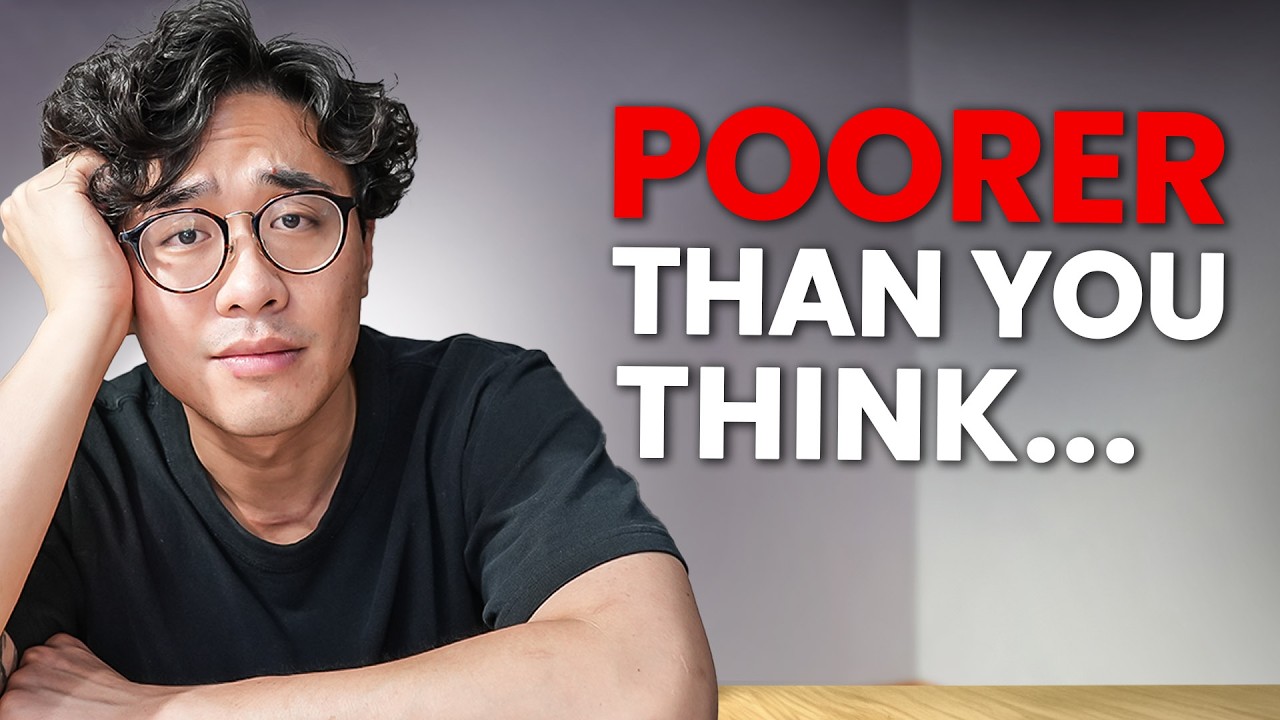- cross-posted to:
- [email protected]
- cross-posted to:
- [email protected]
I found the graph at 10:55 to be especially interesting because it shows how someone with around the median income ($65k) can make it to the lower upper class by retirement through some discipline (10% saved per year).
As a quick TL;DW, here are the median incomes, net worth, and percent of population for each class:
- lower - $34k income, $3.4k net worth (many are negative) - 25%
- middle
- lower - $44k income, $71k net worth - 20%
- middle - $81k income, $159k net worth - 20%
- upper - $117k income, $307k net worth - 20%
- upper
- lower - $189k income, $747k net worth - 10%
- upper - $378k income, $2.5M net worth - 5%
Some questions to spark discussion:
- Do you agree with his breakdown of the economic classes? Why or why not?
- What strategies do you think someone in each category should take to improve their situation?
- If you don’t mind sharing, what class do you think you’re in, and does the breakdown match your experience?


Not to be nitpicky, but it really depends on what you’re talking about. The Petite Bourgeoisie, for example, has a tendency to try to align with either the Bourgeoisie or the Anarchists as they are proletarianized by big competition. When they align with the Bourgeoisie, this usually is a factor in the rise in fascism, also known as Capitalism in decay.
The general Proletariat vs Bourgeoisie conflict is certainly one of the most important nationally, but internationally it is the Imperialist Bourgeoisie vs the Proletariat and Nationalist Bourgeoisie, as we live in the age of Imperialism, or “moribund Capitalism.”